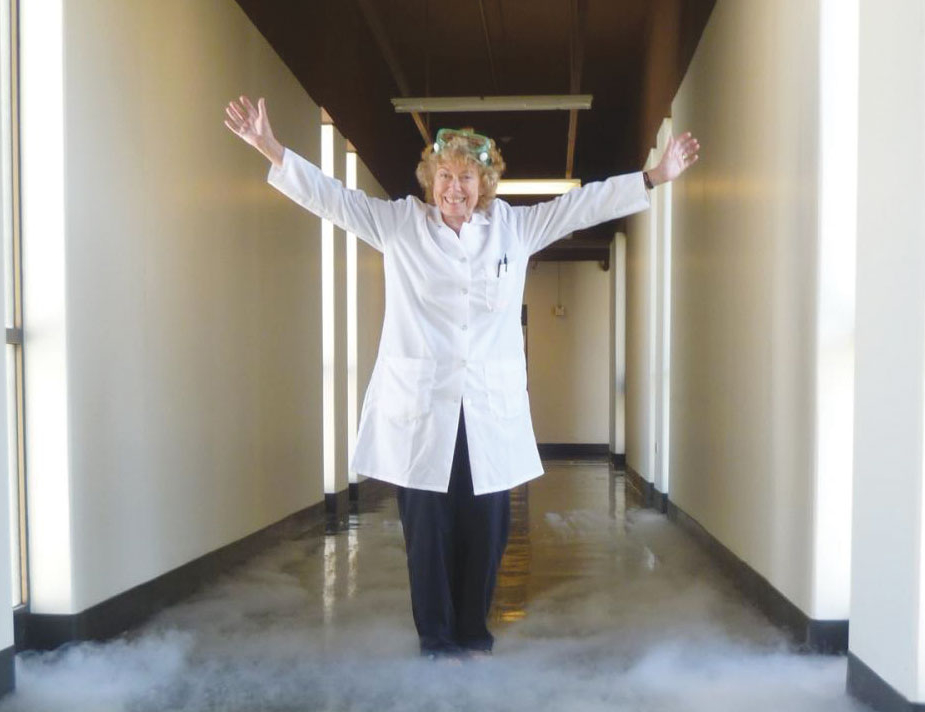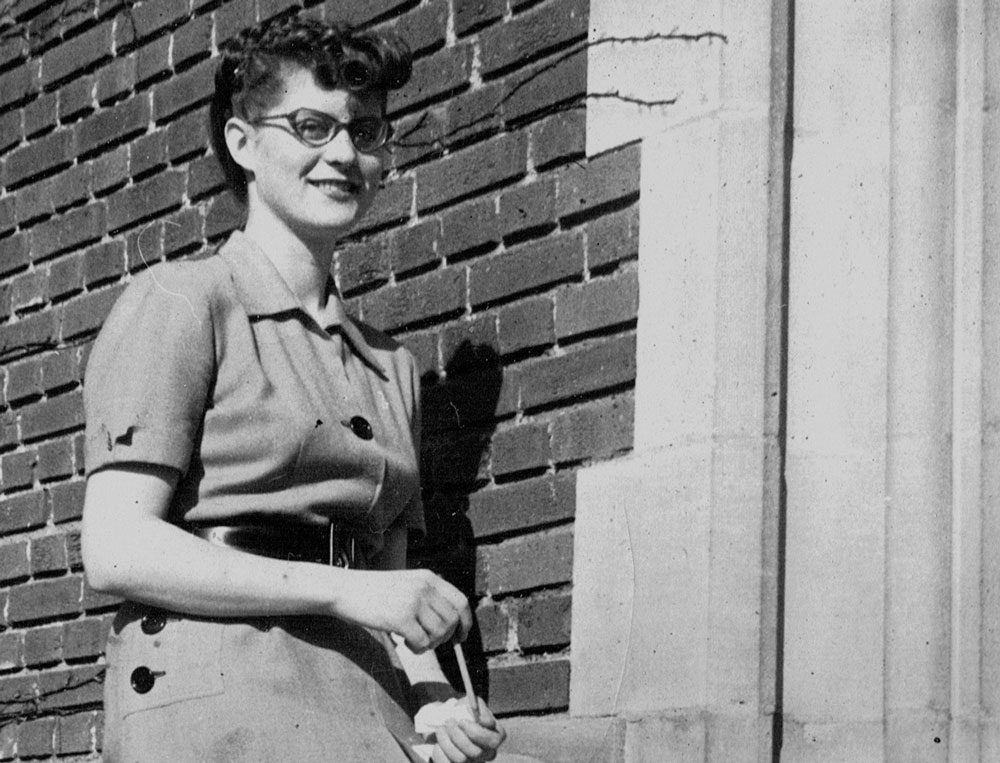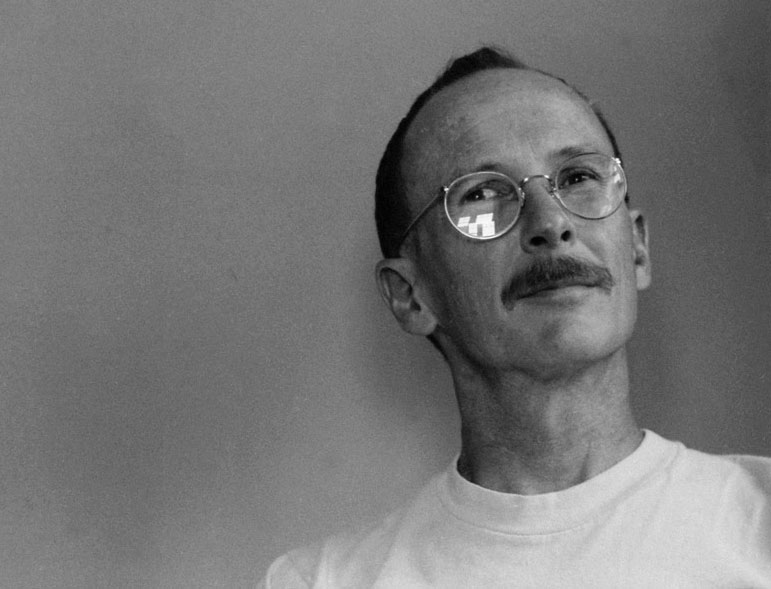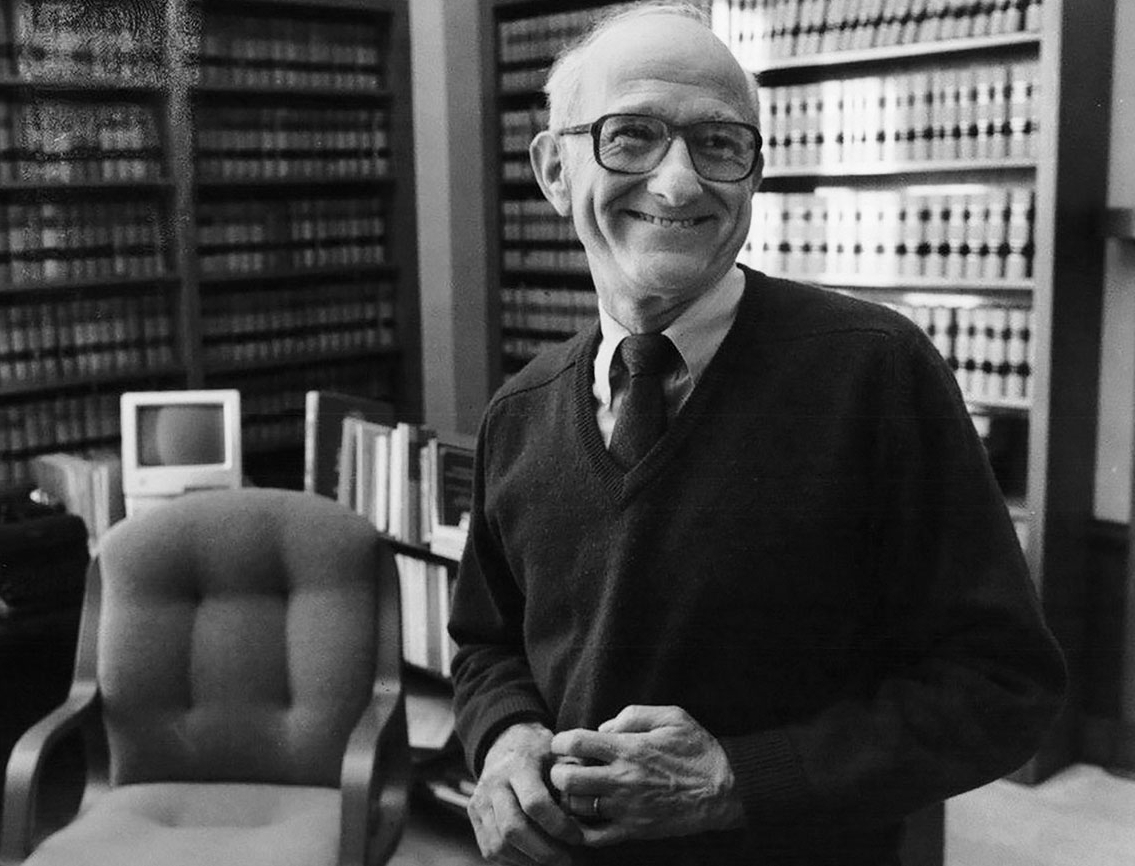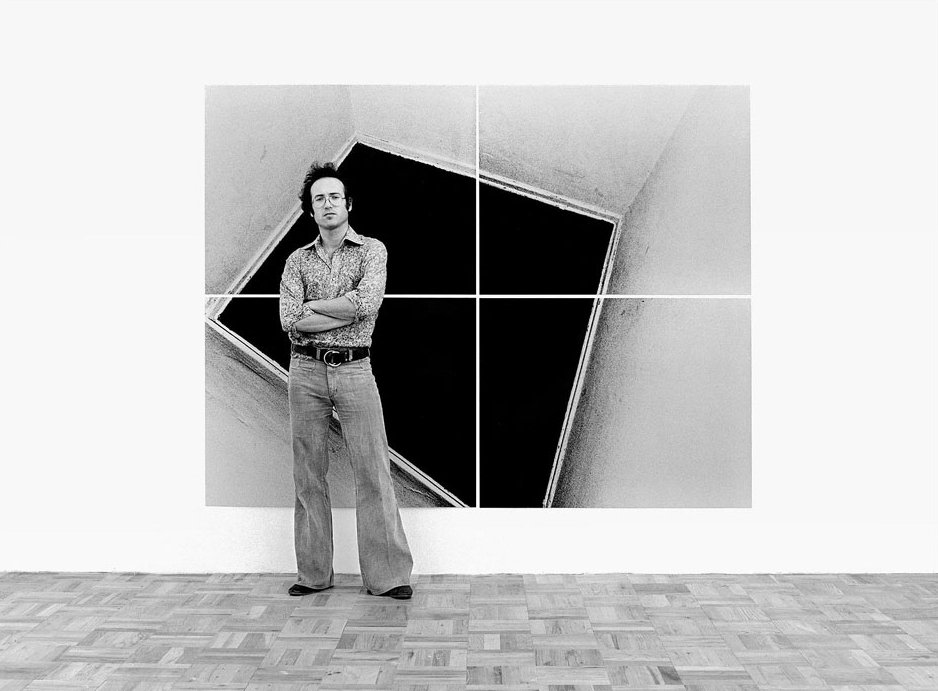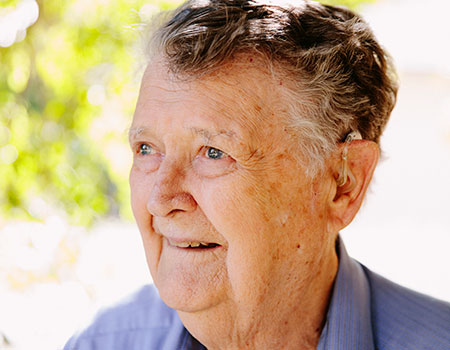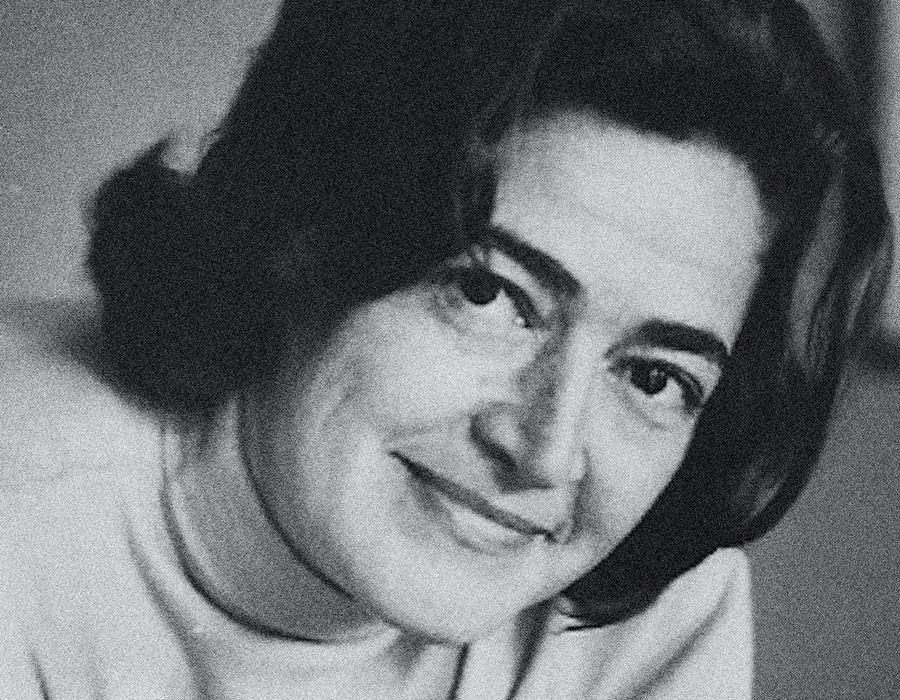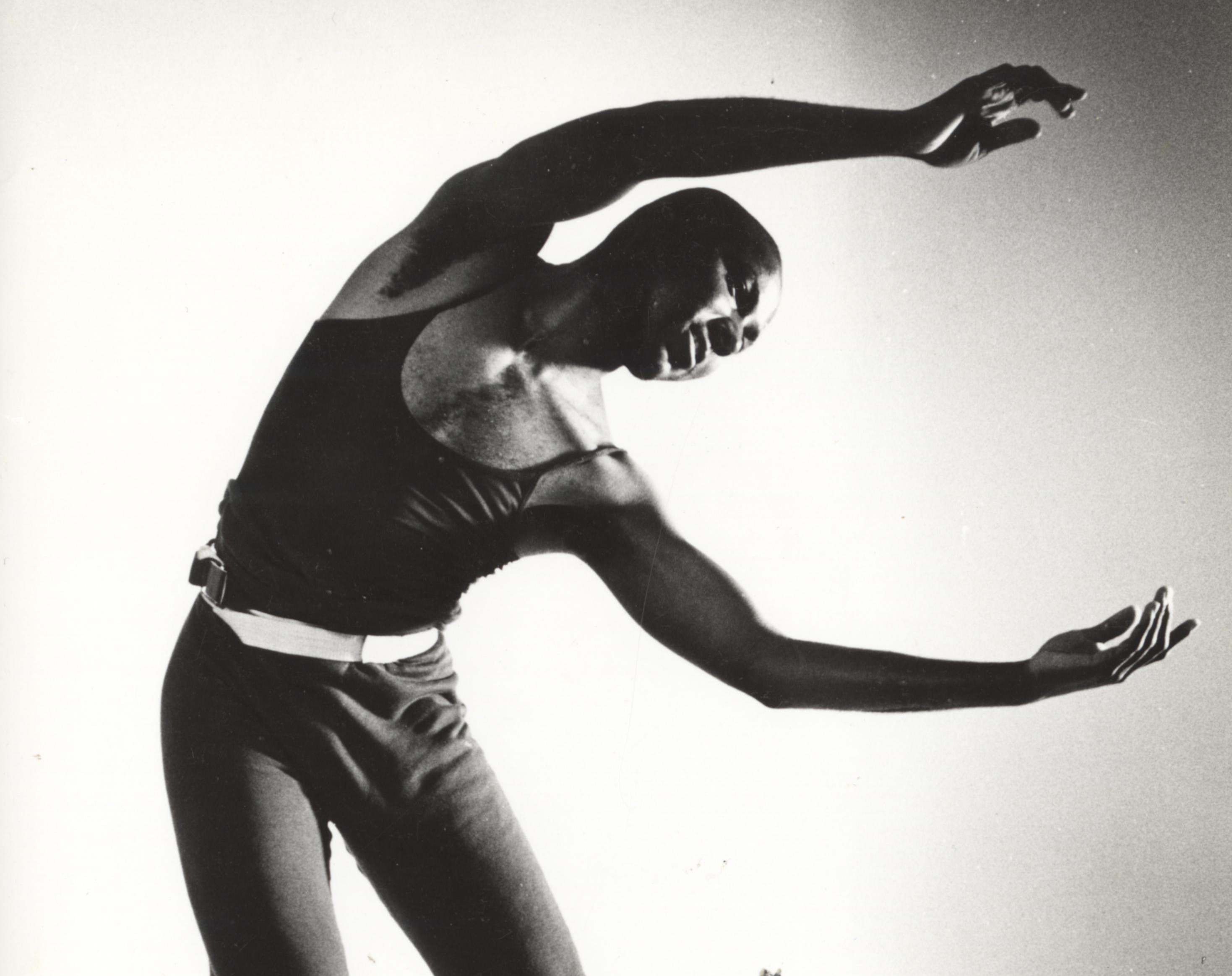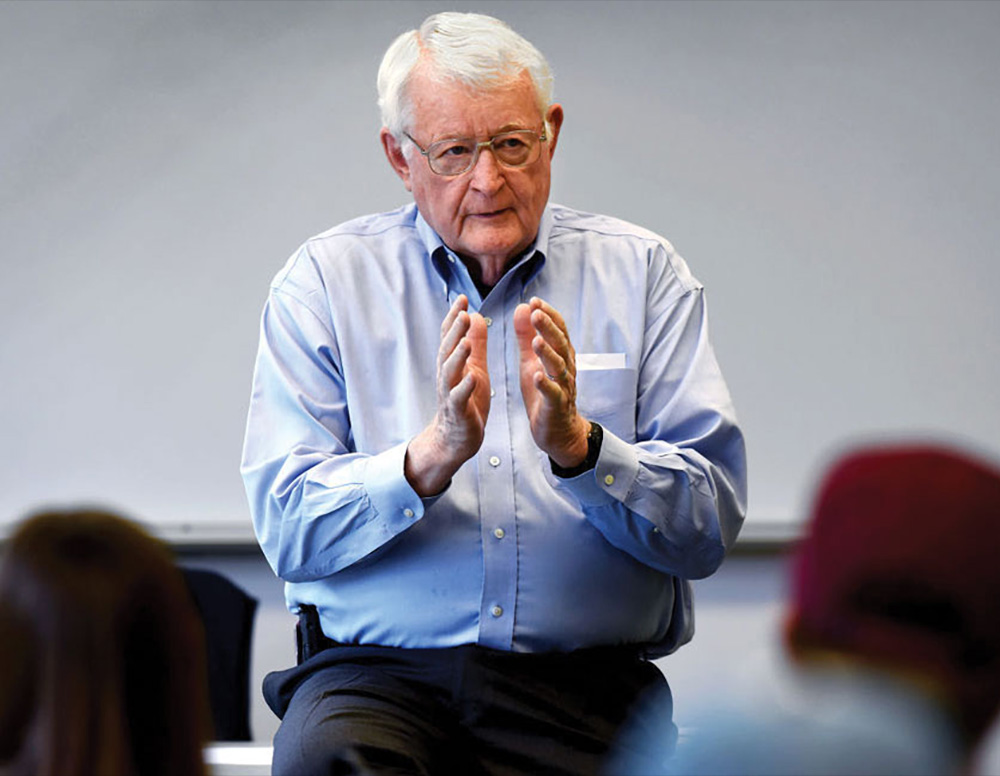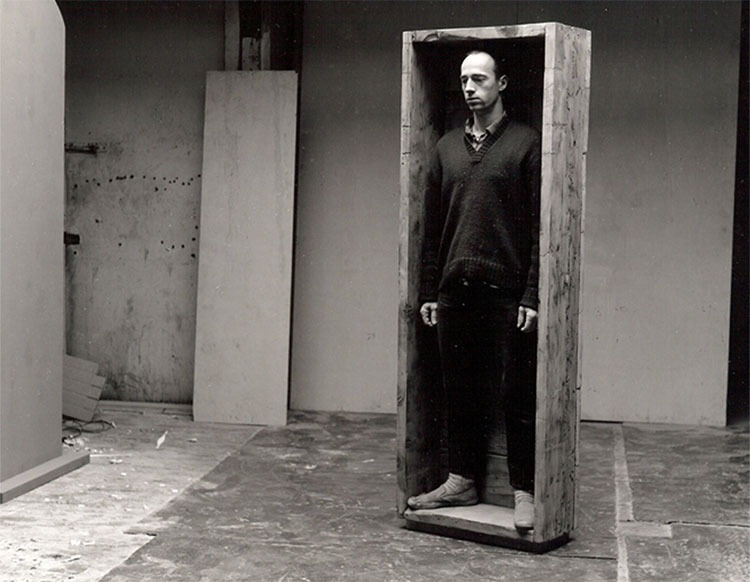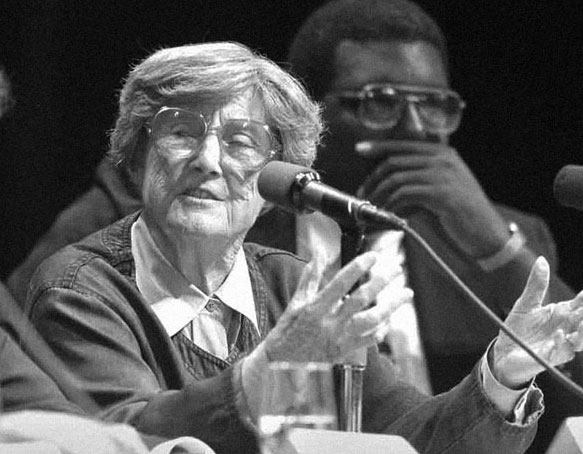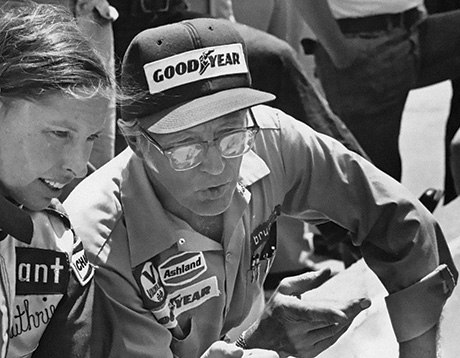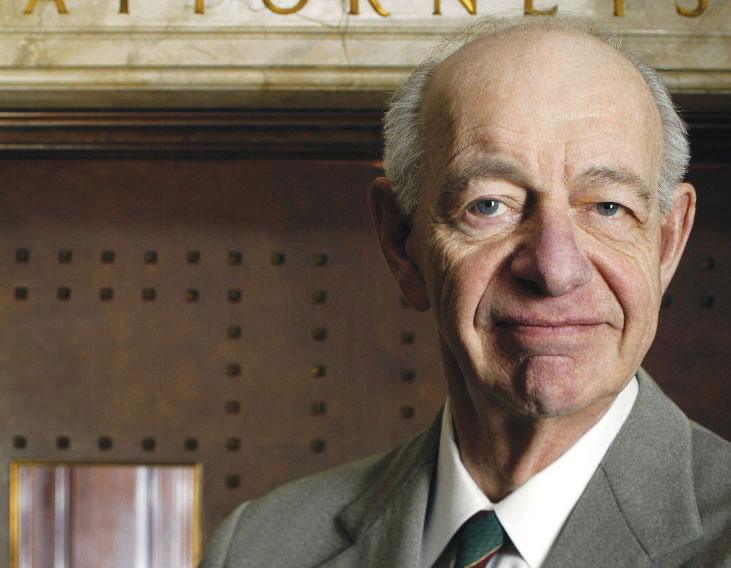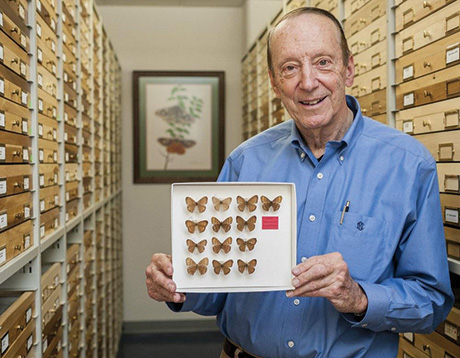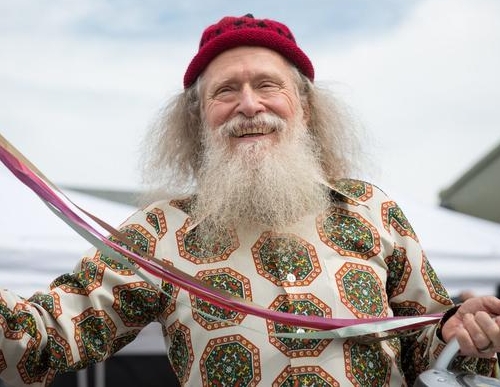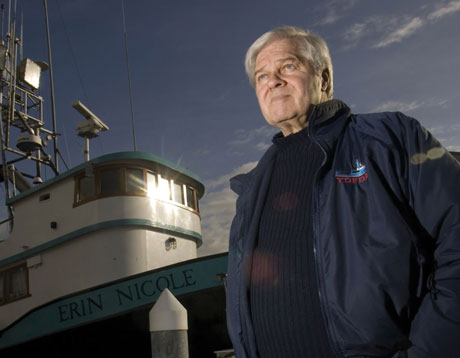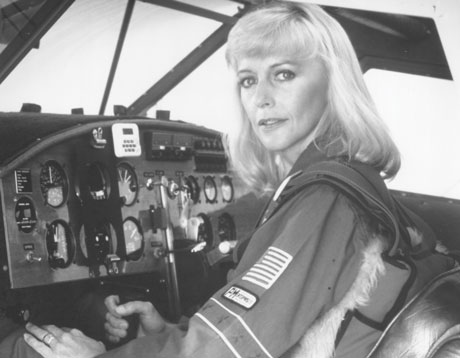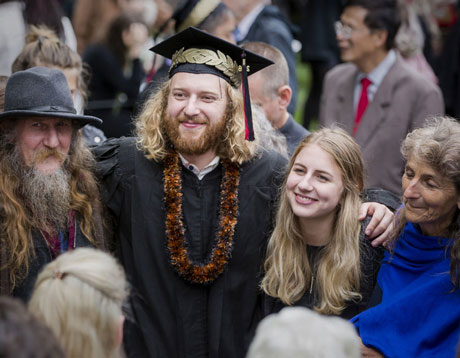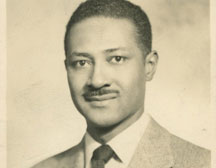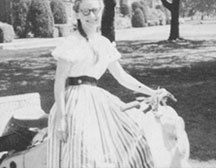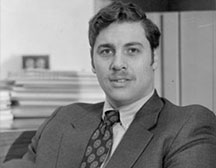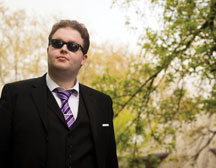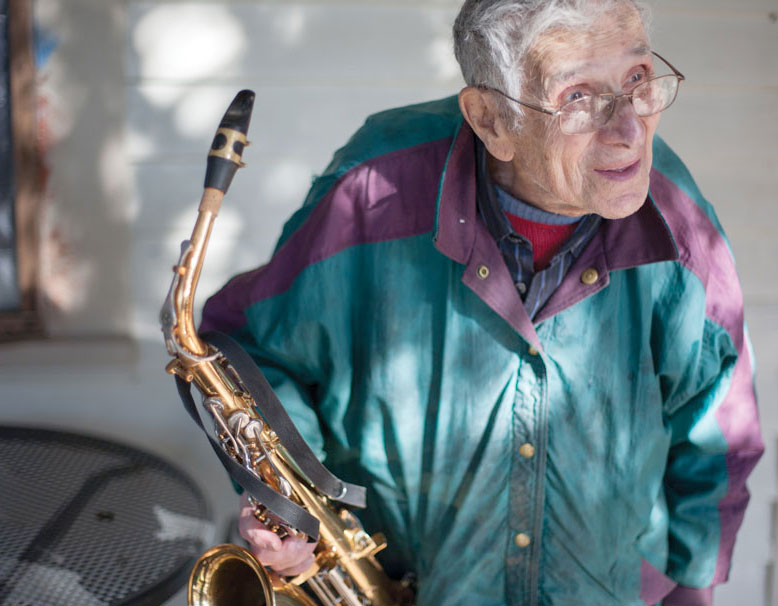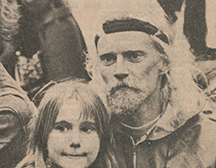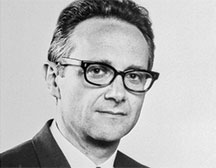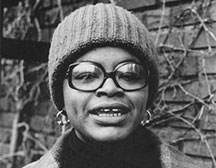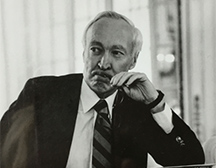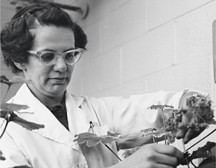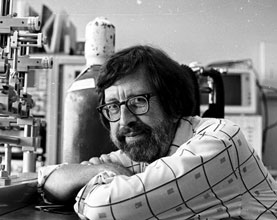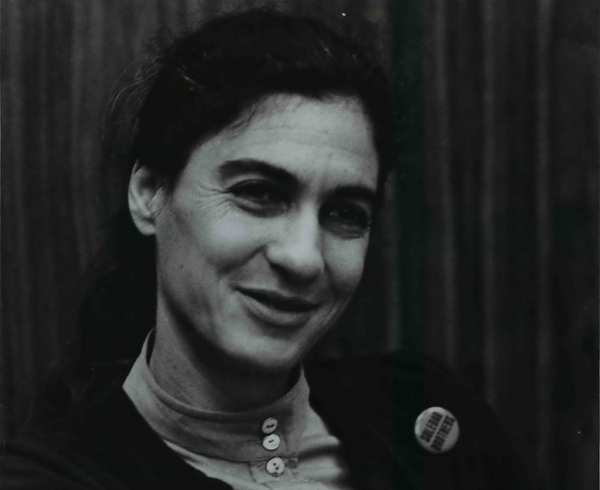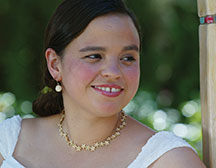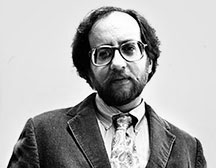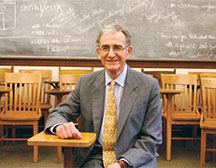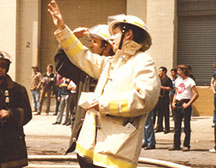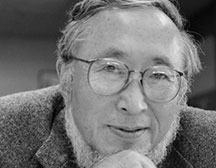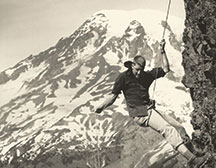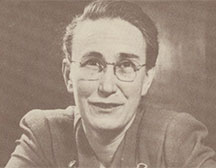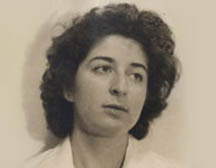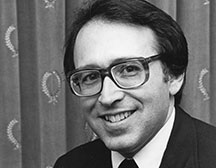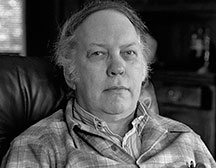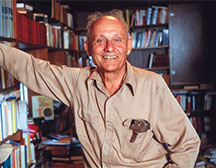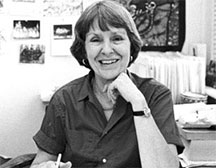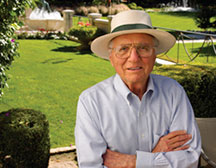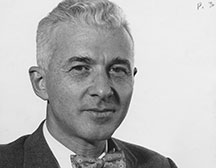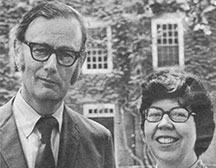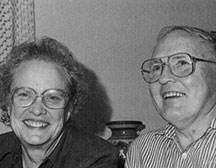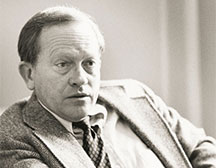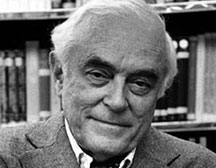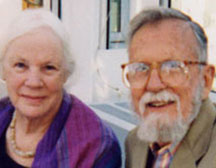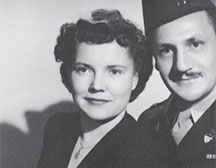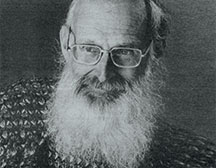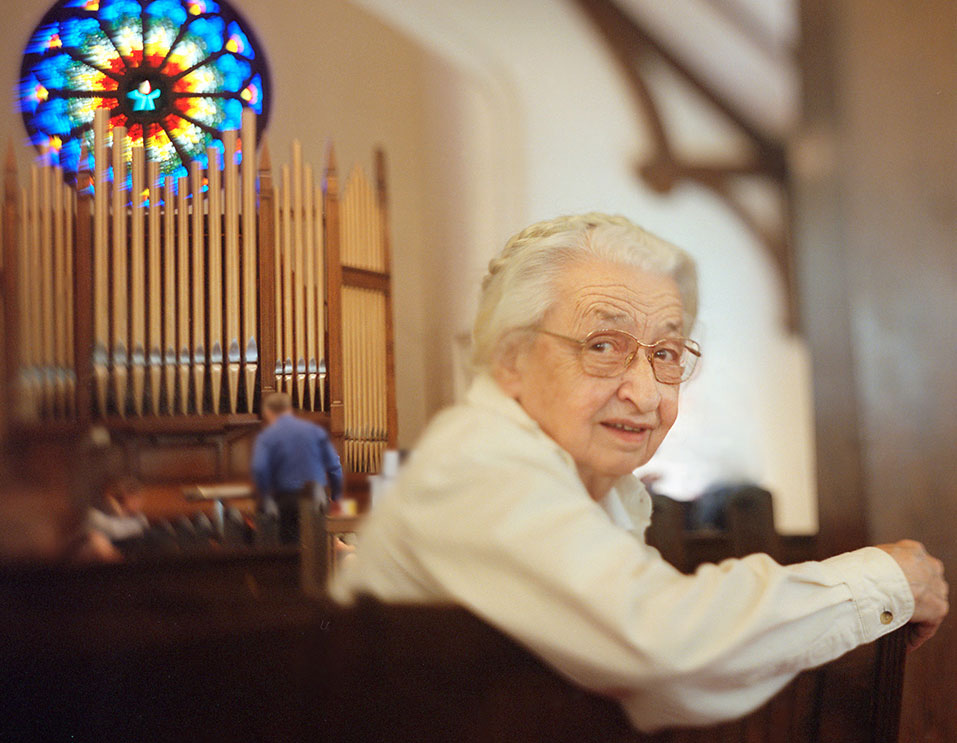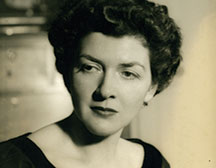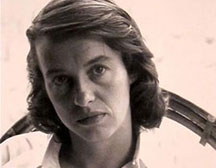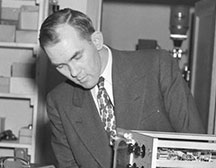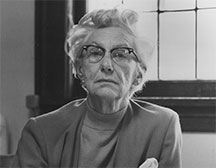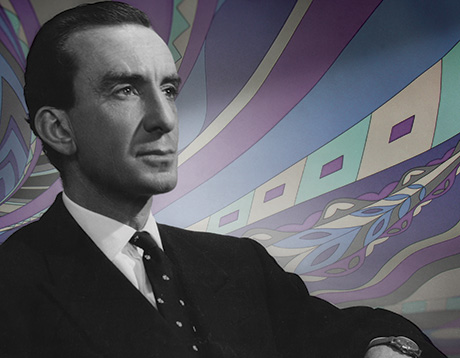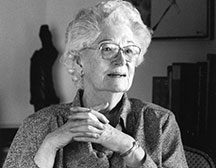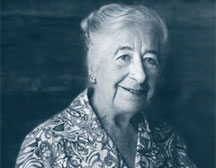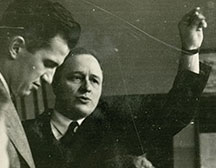A Force Behind Advertising and Asian Art
Alice Goon Lowe ’48
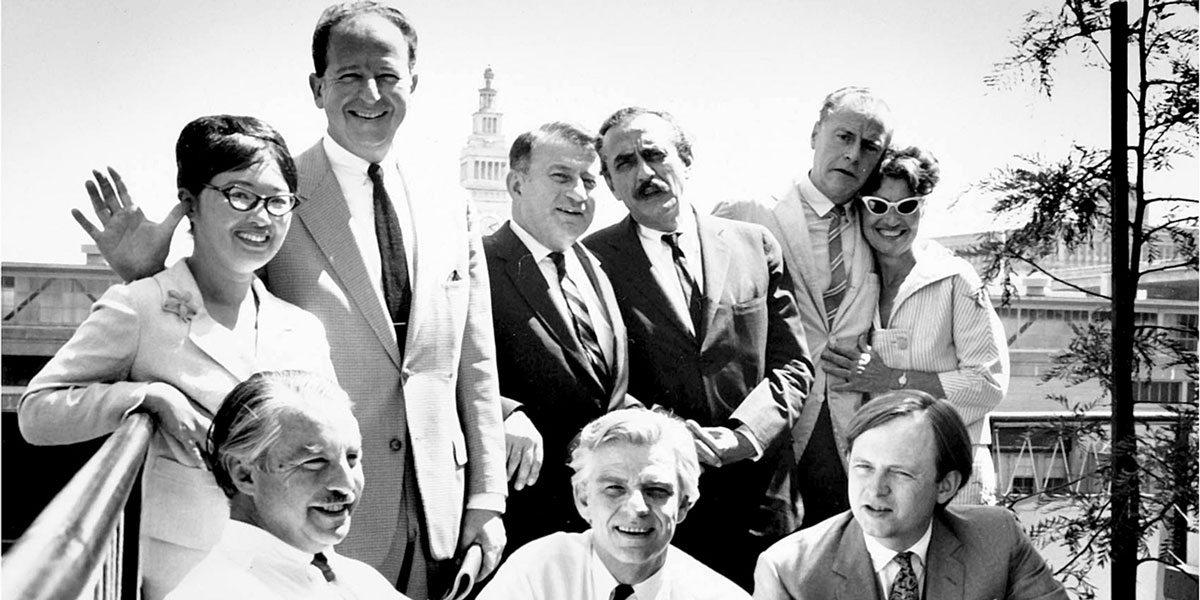
March 2, 2020, in Daly City, California.
The CEO and driving force behind a major San Francisco advertising agency during the Mad Men era, Alice also played a major role in the establishment and development of San Francisco’s Asian Art Museum.
Alice grew up in Portland, the youngest of four children born to an American-Chinese mother and a father who emigrated from China. Her father died when she was three-and-a-half years old and her mother applied her skills as a seamstress to raise four children through the depths of the Great Depression.
Encouraged to integrate with the Western mainstream, Alice attended an American school during the day and in the evenings was taught Chinese language by young college students from China. She was immersed in typical American life, but wanted to know more about the culture of her ancestors.
After graduating from high school, the norm was for a Chinese girl to marry into her ethnic community. But Alice was hungry for intellectual stimulation; she wanted to learn more about the world.
“This quest for knowledge has always been part of what’s interested me,” she said. “I decided I would go to Reed because Reed is an intellectual challenge.” She worked a couple of years to earn money for her tuition and then began as an English literature major, writing her thesis, “William Butler Yeats’ A Vision: An Interpretation,” with Prof. Victor Chittick [literature 1921–48] advising.
She joked with other lit majors about what breadline they should stand in upon graduation, but she came to value the choice she had made. “In retrospect,” she said, “that was very good for me because I had a more open mind towards a lot of subjects.” This would be the ace up her sleeve when she began working in the world of advertising, where everything was going on at once.
In 1949, she headed for San Francisco, arriving in Chinatown—which in those days was a closed enclave within the city whose inhabitants rarely ventured beyond its confines. Alice’s mother had made her promise to eat at least one full meal each day, to always carry taxi money so she could leave a place if she didn’t like what was going on, and never to marry a Chinese cook, because they are known to be very hot-tempered and given to profanity. “That’s no environment for a young lady,” her mother counseled.
Alice said she never had a chip on her shoulder about her origins and never felt aware of any racial differences. To help the community, she joined the Square and Circle Club, one of the oldest Chinese/Asian women’s service organizations in the United States, eventually serving as president for several terms.
By 1953, she was working as assistant to the PR director at an advertising agency, J.J. Wiener and Associates. There she met Howard Gossage, a struggling copywriter who’d come to the agency for a job interview. Joe Weiner had been impressed but did not need another writer. When Alice left work that day, she encountered a forlorn Gossage and accompanied him down Montgomery Street trying to lift his spirits. “He didn’t know exactly what he wanted to do,” she remembered. “He knew he was very bright in a general sort of a way, but how do you apply that to everyday life?”
Having found his reason for being, Gossage returned to Joe Weiner’s agency as a partner in 1957 and began producing some of the most innovative, influential, and irreverent advertising ever. A contemporary, Jeff Goodby of Goodby Silverstein & Partners, said, “The best of Gossage is the best advertising ever done. What’s really amazing is that the work he did foretold what’s happening on the internet and social media right now.”
Orchestrating all this revolutionary activity was Alice, whose role, she explained, “was that of the modern-day CEO—which means in charge of everything but the art direction and copy: parties, running the business, finance, hiring, firing, hitting deadlines, media buying.” She was also Gossage’s confidante. Brilliant but difficult, he was prone to depression and would stay away from work for days on end. The only person who could coax him back to his desk was Alice, who understood the pressures he was under and how the artistic temperament responds to those pressures. She dispensed tough love and when it came to judging his work, obliged, warts and all. “Tell it like it is, Big Al,” he’d say.
Gossage threw the best parties in San Francisco, with guests such as film director John Huston, Nobel Prize-winning novelist John Steinbeck, Buckminster Fuller, a young Tom Wolfe, Herb Caen, David Brower, Dr. Benjamin Spock, and Marshall McLuhan, whose media career was launched by Gossage in 1966.
Much to Alice’s consternation, Gossage often gave her only a few hours’ notice. Under such pressures, she invented “The Instant Party Plan,” which enabled her to transform a working office into a bar, buffet, restaurant, and dance floor within 15 minutes.
She was the driving force behind the agency. Jerry Mander, who joined as a partner in the early ’60s, said she was “a remarkable upbeat energetic brilliant person—a true brilliant wonder of efficiency, collaborativeness, competence, creativity, cheerfulness, and kindness.”
All of which was duly acknowledged when Alice was made president of the business. At a time when the advertising world was a male preserve, having a female running the show was highly unusual. The fact that she was of an Asian ethnic background made Alice’s achievement even more remarkable. Somehow, while running Howard Gossage and his agency, Alice found time for an extracurricular activity that was to become the focal point of her life when she left advertising after Gossage died in 1969.
She had always been fascinated by her Chinese heritage, and when she saw an advertisement recruiting docents for San Francisco’s Brundage Collection of Asian art, she asked Gossage if she could have time out each week to study. He agreed, saying, “You shall be my contribution to culture.”
In 1966, Alice became one of the first docents at what was to be the Asian Art Museum and then began using her professional experience to transform the collection’s PR and fundraising.
One of her key initiatives was using the museum as the venue for the fundraising events upon which the institution survived. This met with much resistance, but Alice got her way. She then transformed these events by organizing the spectacular Marco Polo Ball, an extravaganza for which influential people would be chosen to sell raffle tickets, which ultimately brought in $100,000, which, as Alice said, was “a lot of money in those days.” The museum soon became synonymous with sensational balls, galas, and other creative commercial events.
She brought the same maverick approach to raising the museum’s public profile. With Alice in charge of PR, close working relations were established with the San Francisco Chronicle and other mainstream media outlets. As chair of the Committee on Communities, Alice worked hard to involve the Bay Area’s Asian and other communities who had, up until then, felt ignored by the museum’s leaders.
Alice’s urge to change and make things better led to her being appointed by San Francisco Mayor Dianne Feinstein as a commissioner on the San Francisco Asian Art Commission from 1985 to 1999. She chaired the commission from 1989 to 1993 and was president of the Society for Asian Art for more than 10 years. During her tenure, the city of San Francisco offered the downtown library to the museum, with the provision that a bond measure be successfully passed to renovate and upgrade the facility suitable for the collection.
Alice made sure that this provision was met, and the museum moved to its new home in 2003. Despite the prestige and pressures that came with these positions, Alice continued to work every week as an Asian Art Museum docent. She did so for more than 50 years and even as her health was failing would study the background of new exhibits so that she could maintain the high standards that she had set as one of the first docents.
When Alice moved from her home in San Francisco’s Sunset District to a retirement community in Daly City, her rooms were decorated with replicas of some of her favorite pieces from the museum, which she continued to visit, and with paintings by her late husband, the artist Lewis Lowe. Alice left a bequest to Reed, and donations in her memory may be made to the college.
Appeared in Reed magazine: June 2020
comments powered by DisqusFrom the Archives: The Lives they Led
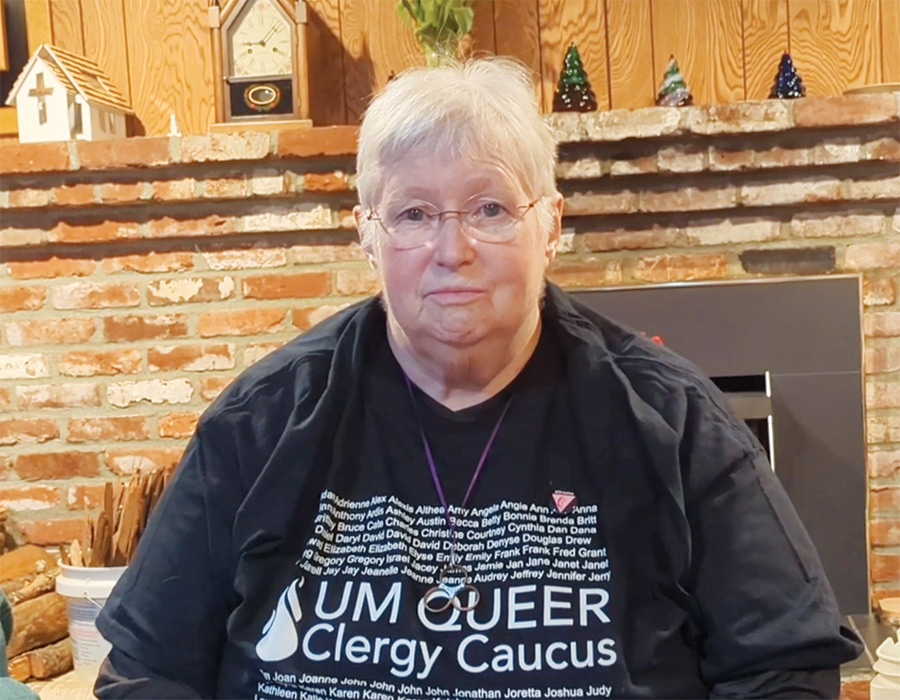
Jeanne Knepper ’69
The First Openly Gay Woman to Be Ordained and Appointed Within the Oregon-Idaho Conference of the United Methodist Church
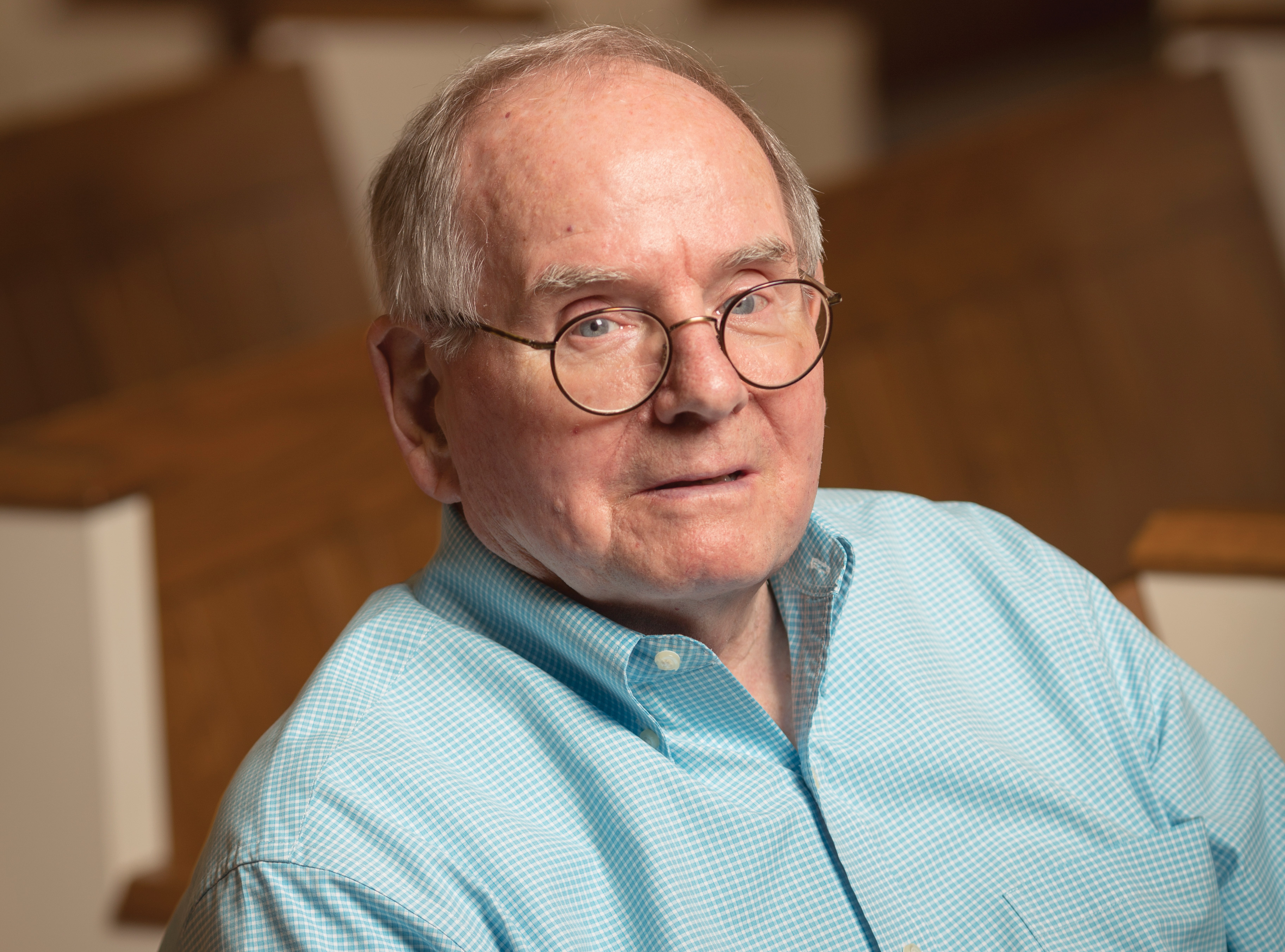
William Haden
As Acting President of Reed, He Strengthened the College's Finances and Alumni Relations
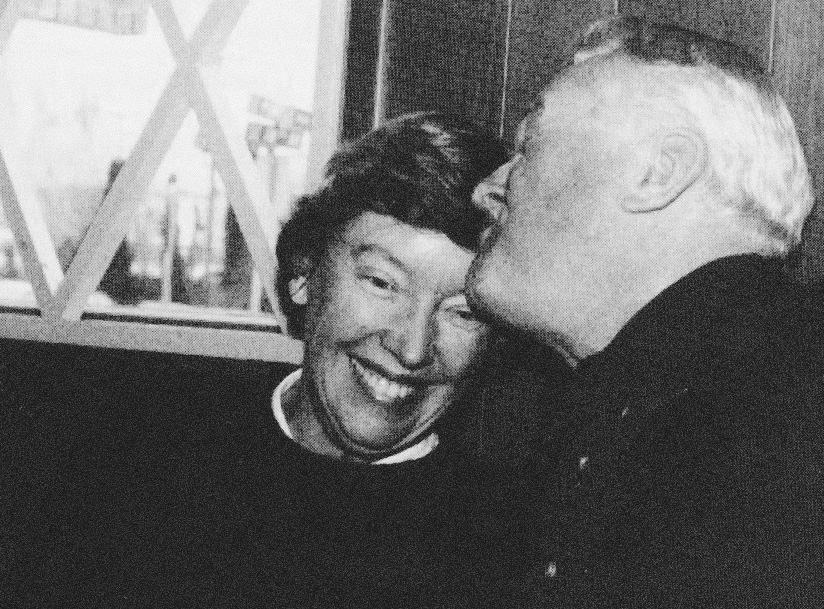
Nancy Horton Bragdon
Reed’s First Lady Whose Warmth and Leadership Were Invaluable During a Turbulent Time

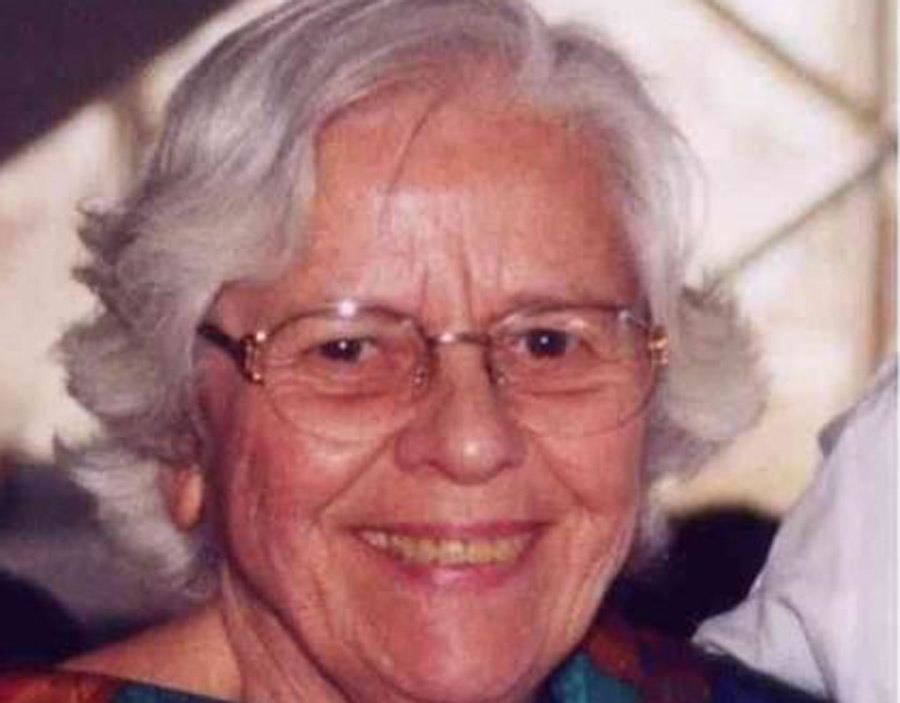
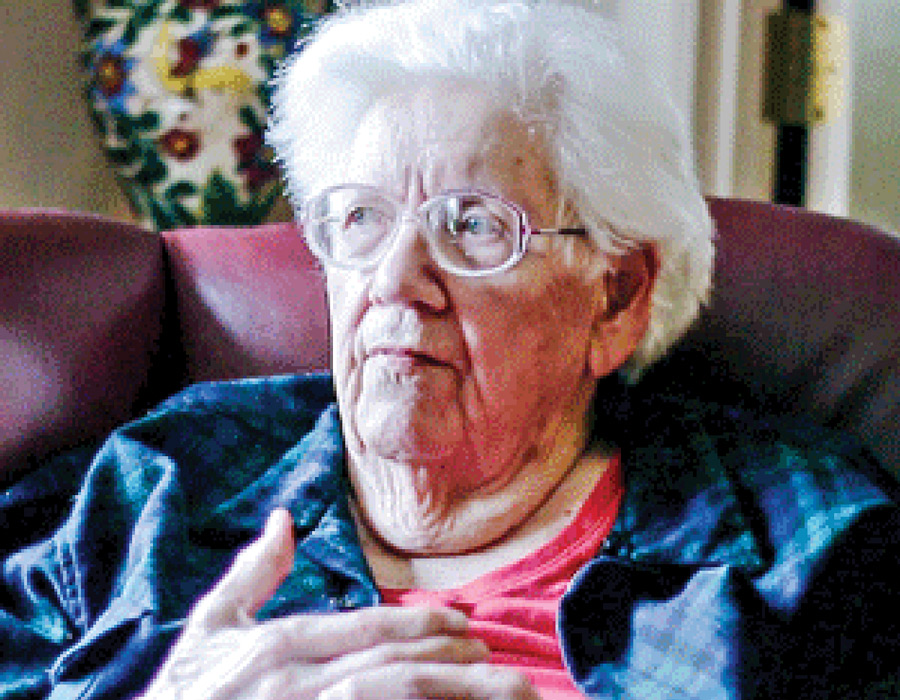
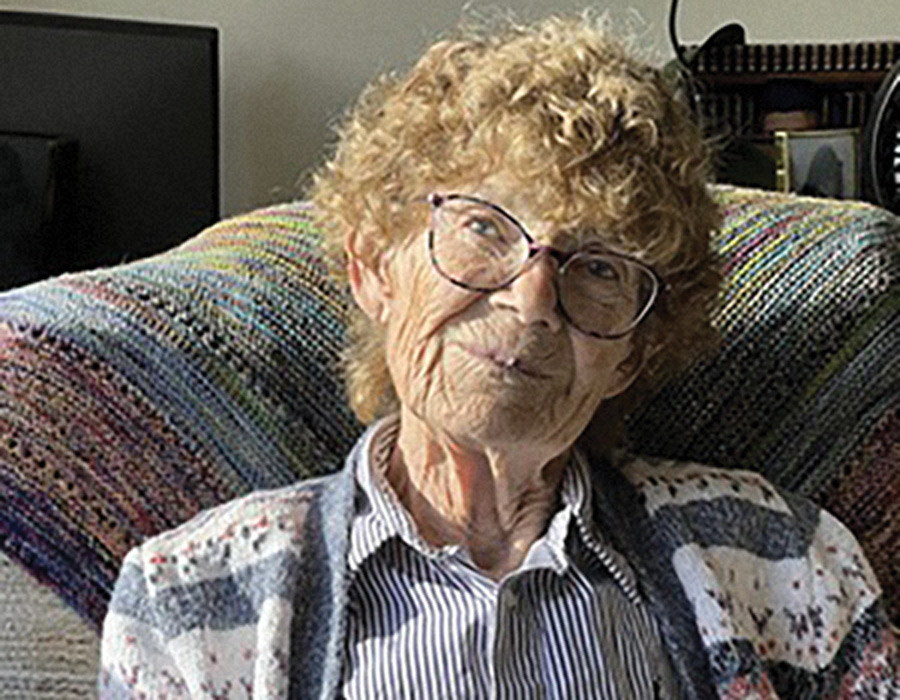
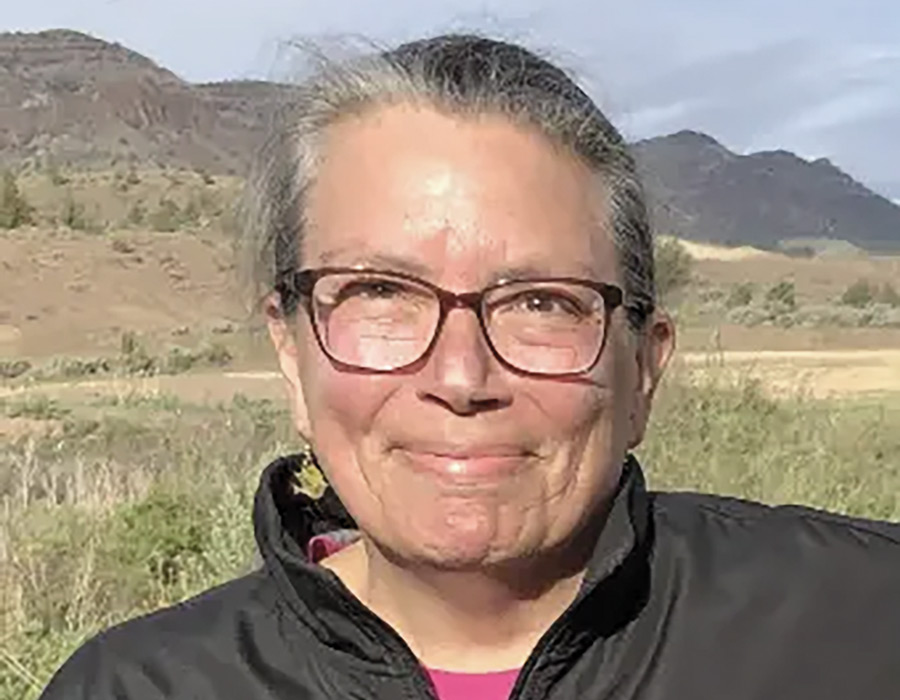
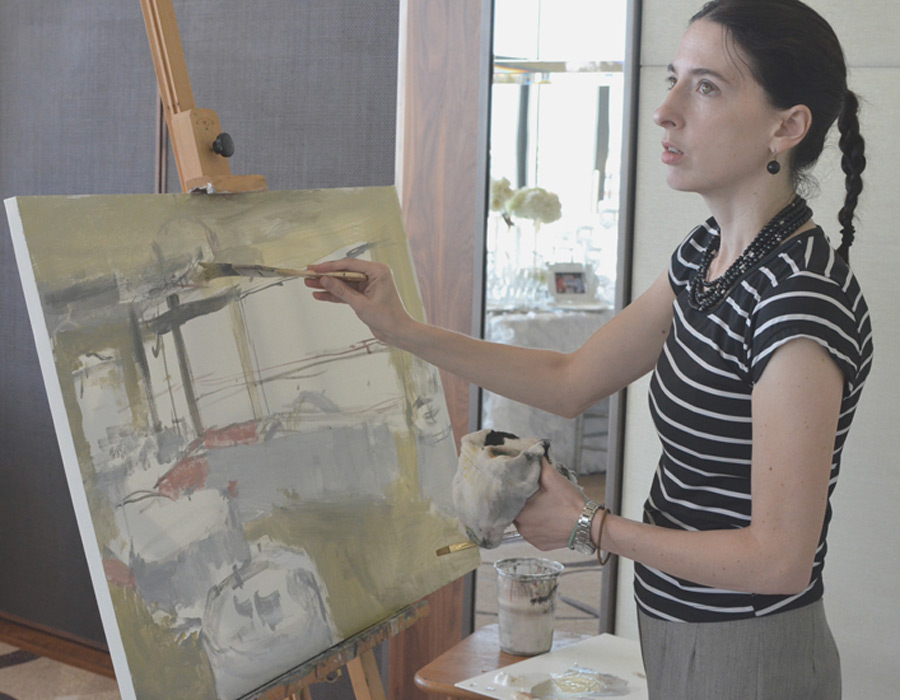
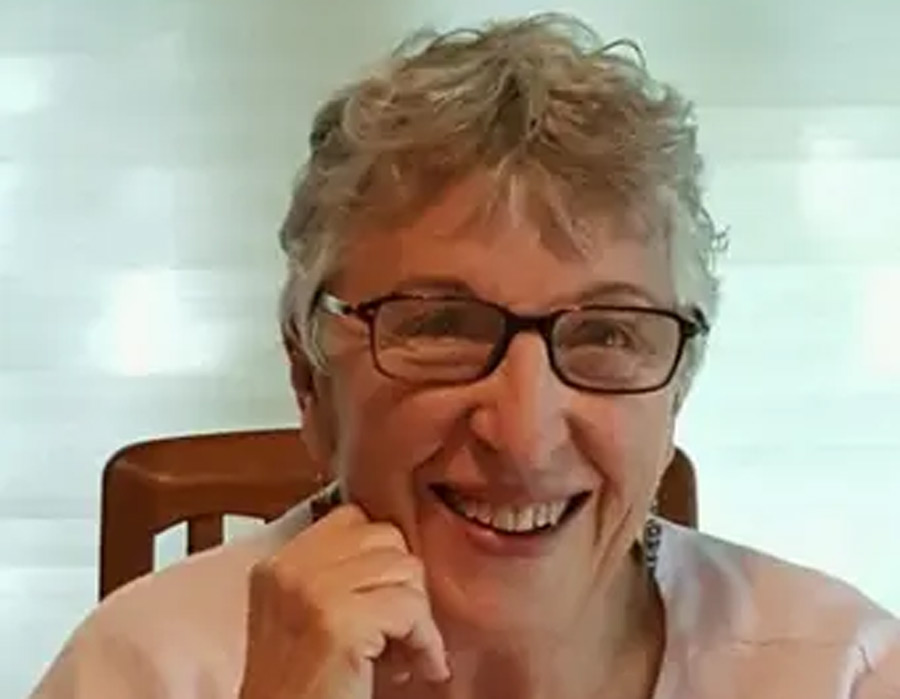
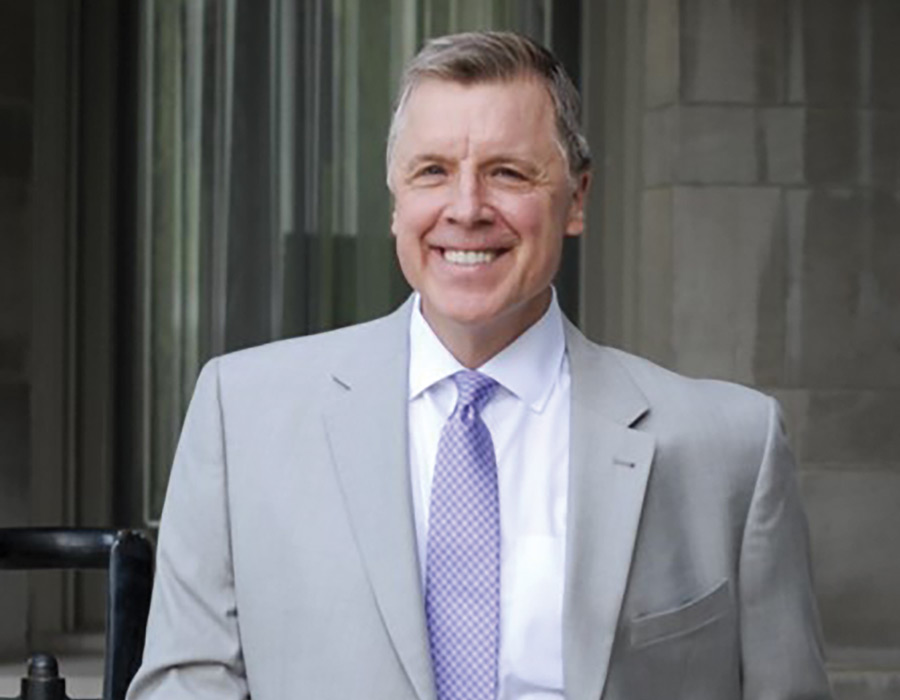
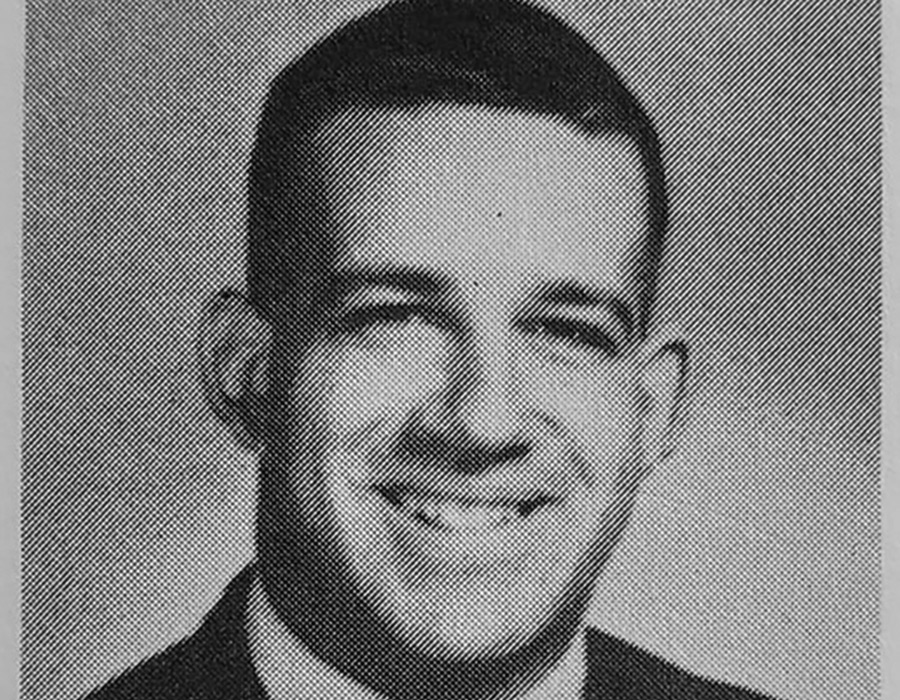
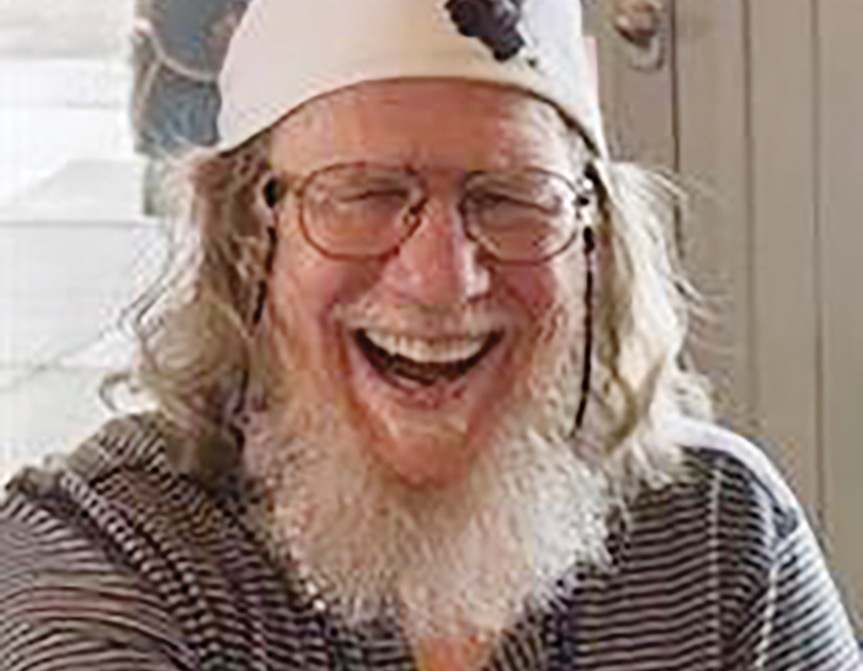
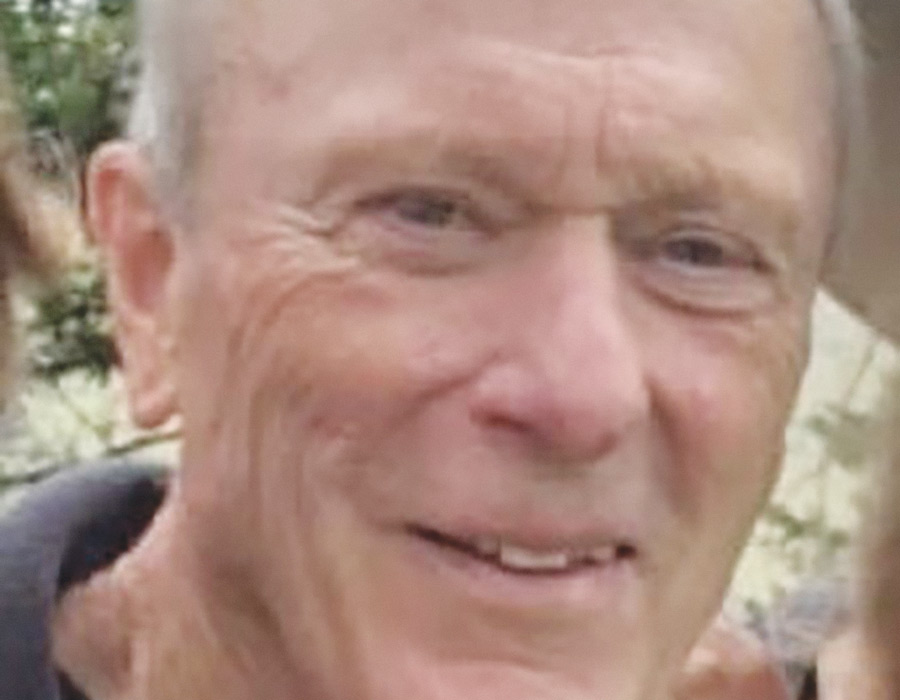
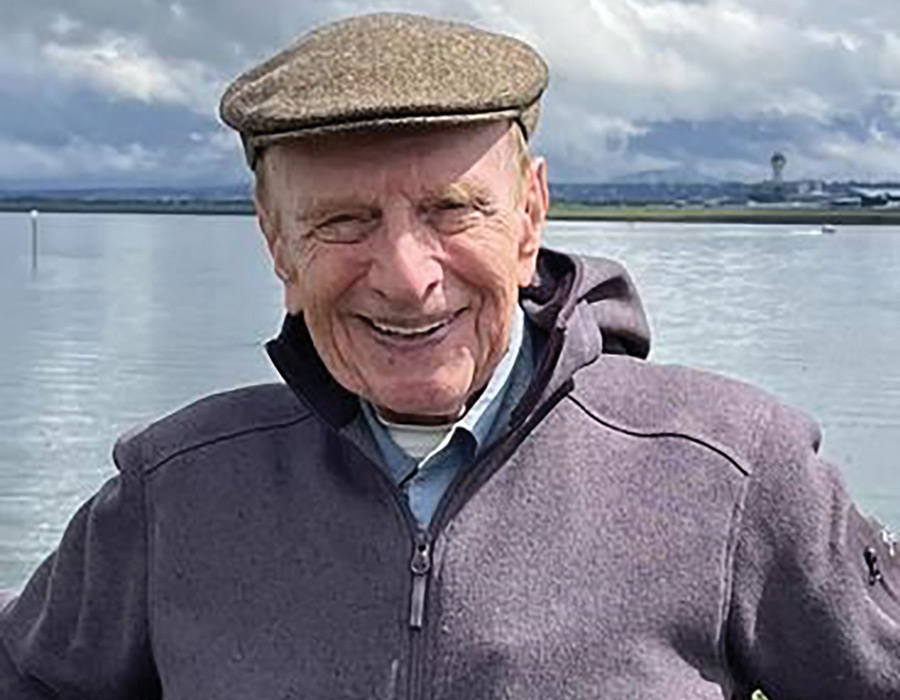
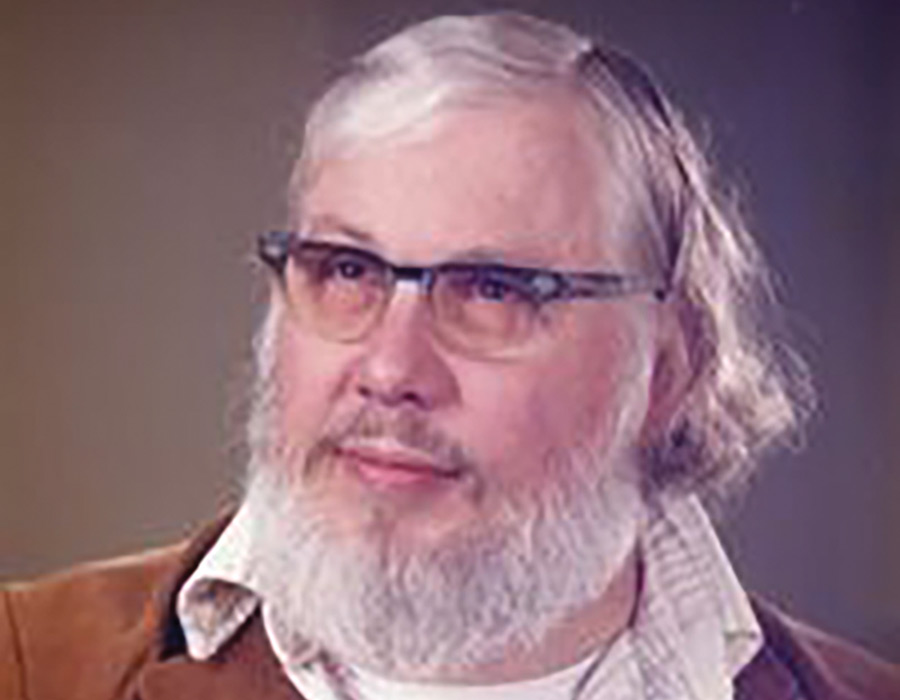
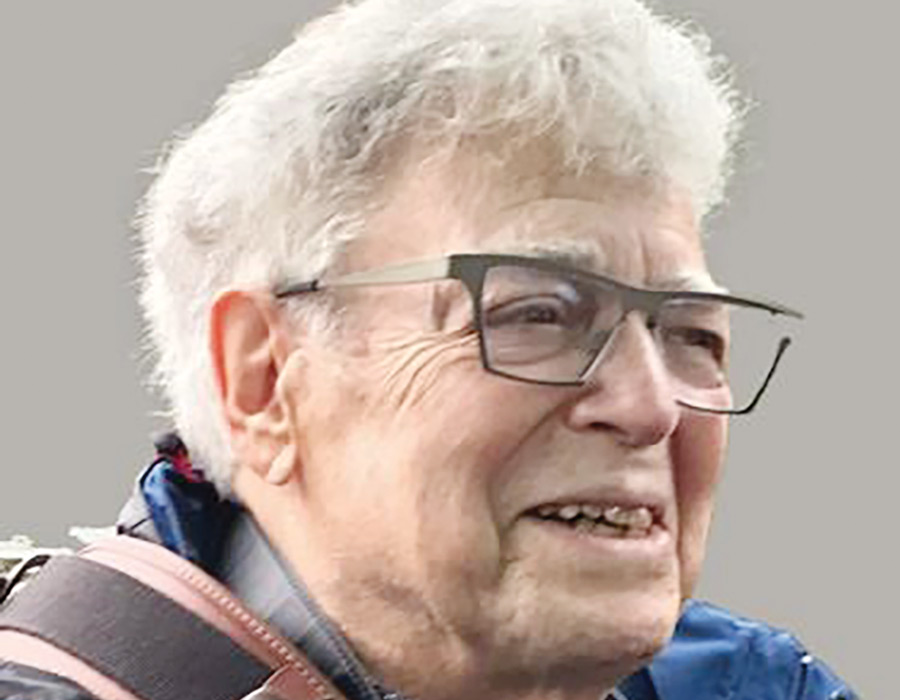
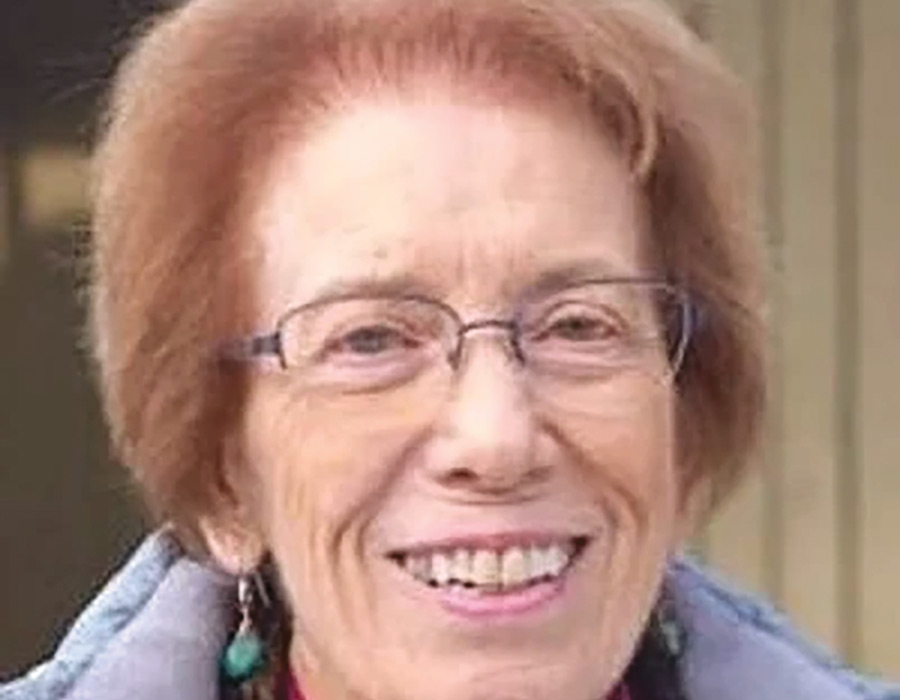
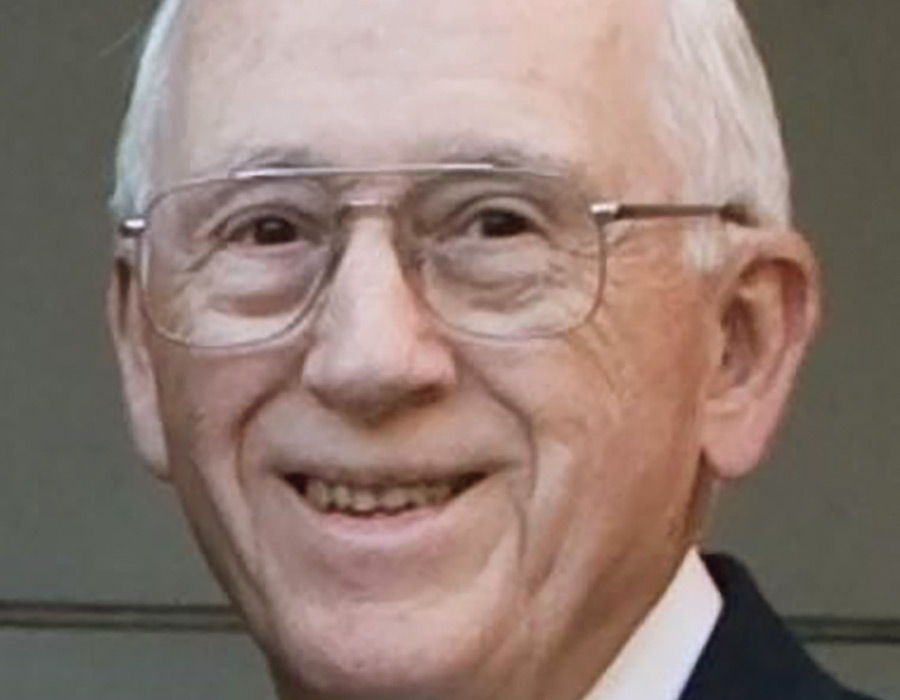
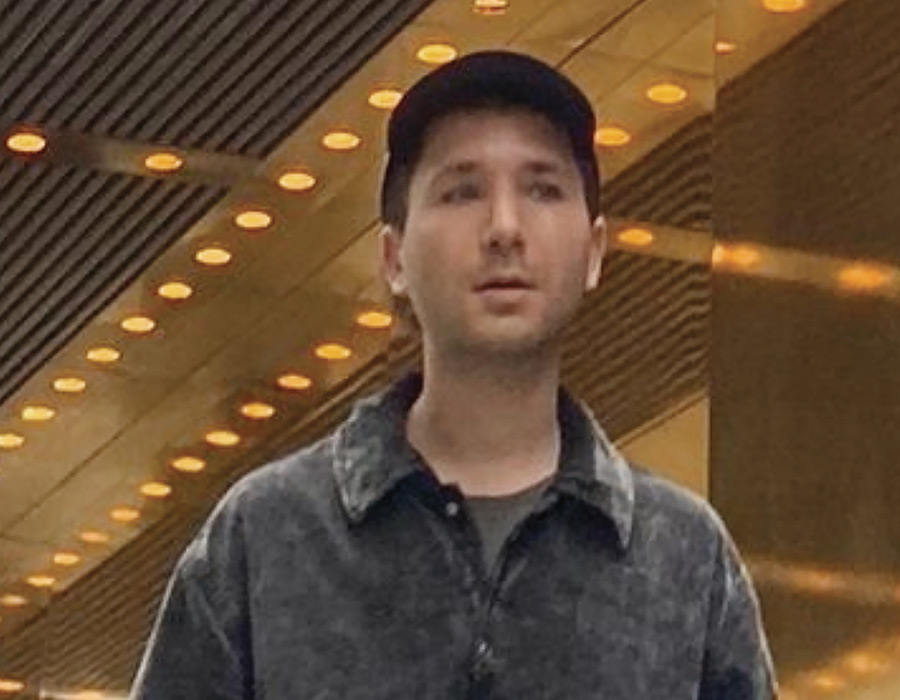
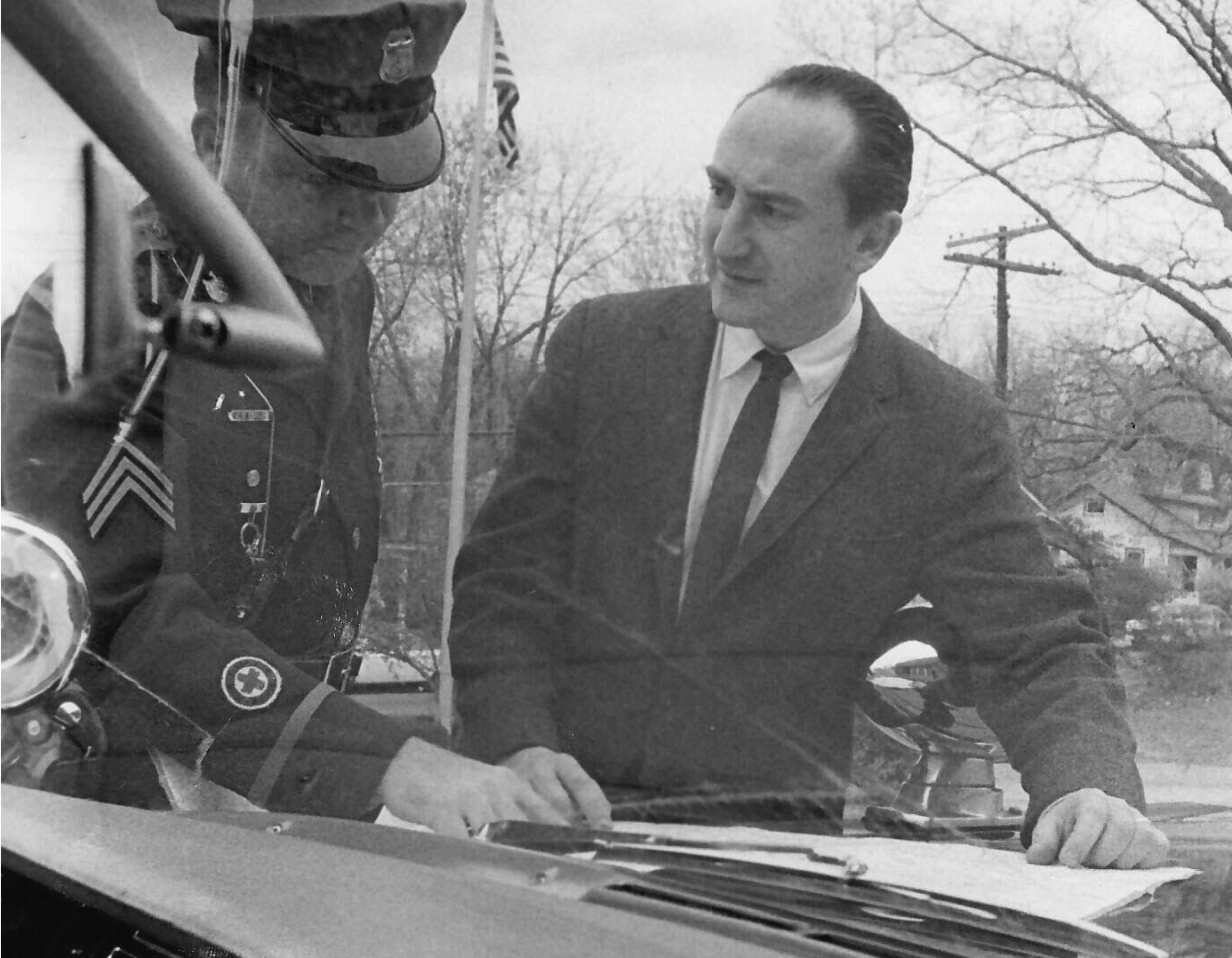
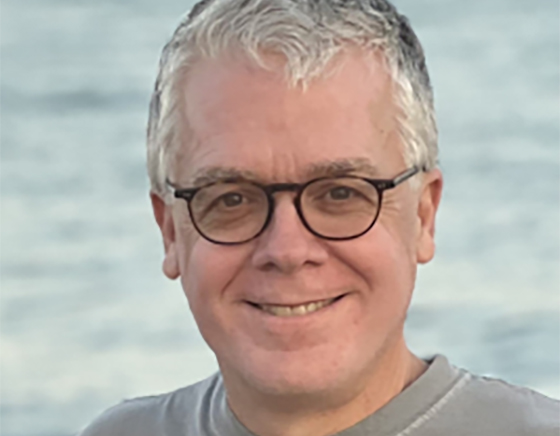
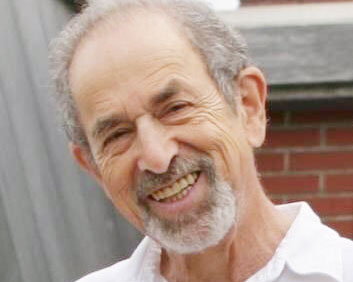
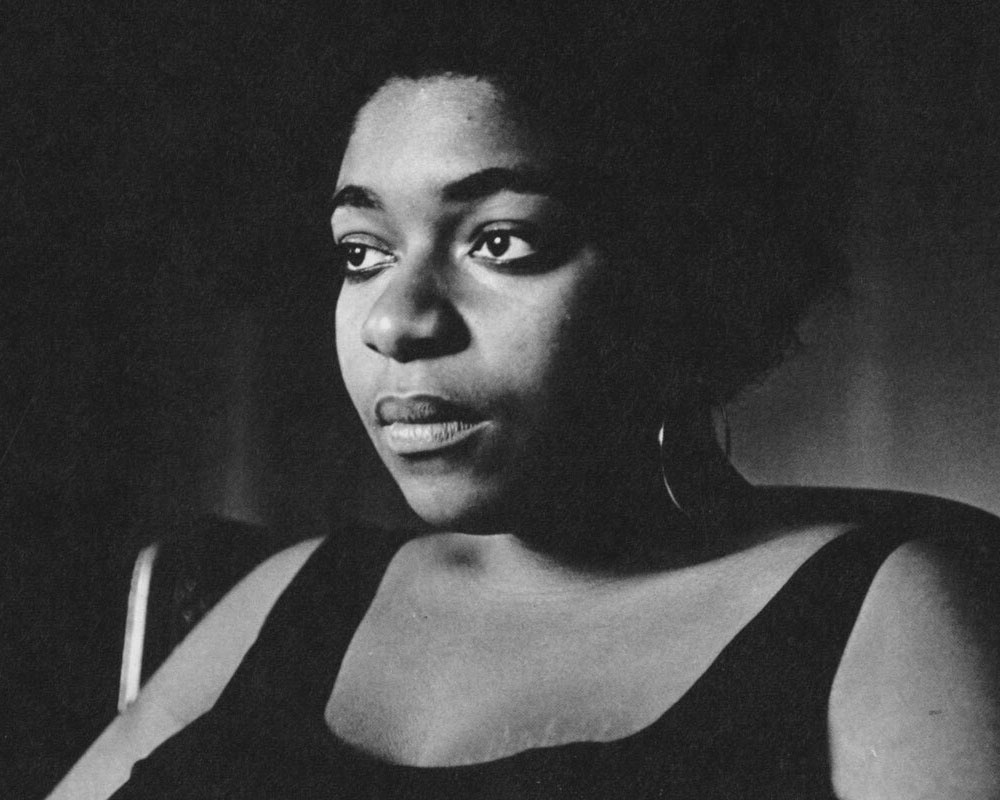
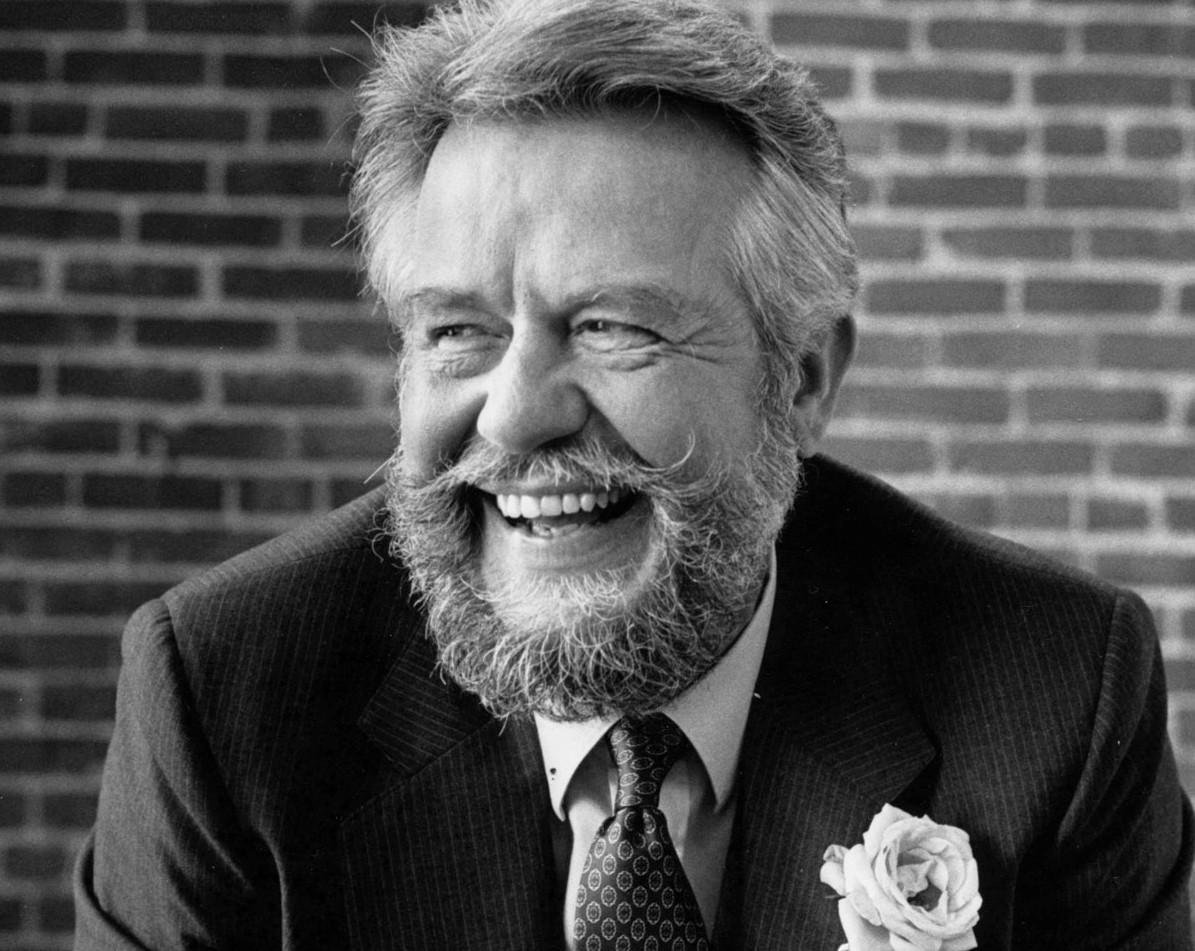
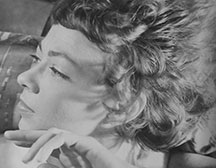
![Photo of Prof. Marvin Levich [philosophy 1953–94]](https://www.reed.edu/reed-magazine/in-memoriam/assets/images/2022/LTL-levich1.jpg)
![Photo of President Paul E. Bragdon [1971–88]](https://www.reed.edu/reed-magazine/in-memoriam/assets/images/2020/Bragdon.jpg)
![Photo of Prof. Edward Barton Segel [history 1973–2011]](https://www.reed.edu/reed-magazine/in-memoriam/assets/images/2020/Segel.jpg)
